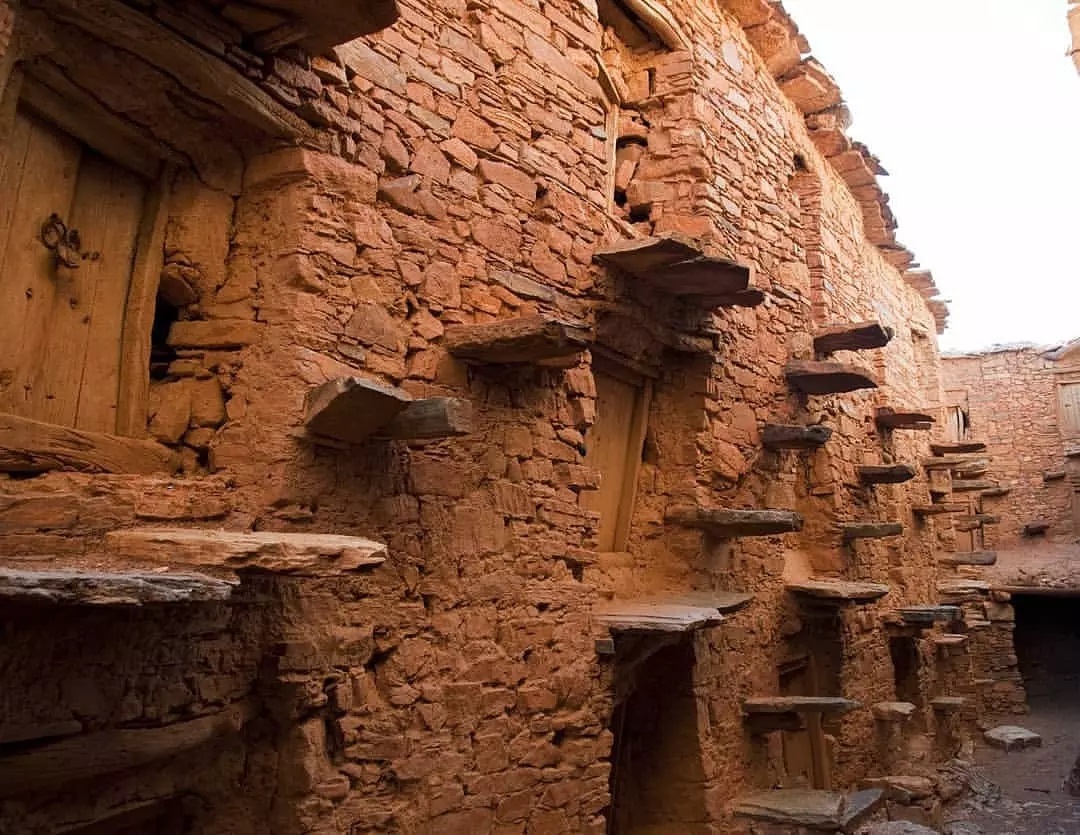FOR those people who imagined bank vaults as impregnable metal fortresses of the modern world, they will find their belief shattered by this eye-opening video.
In a post on X by Historic Vids, viewers are taken into a medieval bank vault in Morocco which was astoundingly made from clay and bricks with wooden doors.
One of the oldest banking systems in the world, located in Morocco pic.twitter.com/dY7K7oGVb0
— Historic Vids (@historyinmemes) October 21, 2024
This scene is no other than the Berber granaries used by the Amazaigh community in Morocco, thought to be the oldest banking system in the world.
The story goes that they served as repositories for valuable items like grain, olive oil, jewellery, and important documents, providing secure environments for safeguarding wealth.
These granaries were typically constructed in elevated or fortified areas to deter theft and invasion. The architecture prioritised security, often incorporating thick walls and reinforced doors.
Within each community, families or individuals were allocated specific spaces in the Igudar who entrusted these communal facilities with their most prized possessions.
The impressive, fully operational structure, believed to have been built in the 18th century and restored in 2012, continues to serve local residents for storing and safeguarding their produce.
“We grew up with the tradition of keeping our grains, dried fruits, oil, and valuables here,” village elder Hossine Oubrahim told Al Jazeera.
This system relies on collective trust and cooperation among community members.
Inside, 76 cubicles are arranged over three levels around an open courtyard that features a water cistern.
The agadir houses stocks of barley, dates, and almonds, but it also protects important documents such as marriage and birth certificates, religious texts, contracts, and traditional medicine recipes inscribed on palm leaves.
Lahcen Boutirane, the guardian of the communal storeroom, mentioned to Al Jazeera that it is utilised by the village’s 63 remaining families.
“Some have moved away, but they still keep their archives here,” he noted.
Archaeologist Naima Keddane explained that unwritten laws have preserved these granaries as sacred and inviolable spaces, serving not only to store crops for times of drought but also to shield them from attacks.
Looking at these constructs which are shadows of our current banking system, it is hard not to be awed by the many wonders of the ancient world.
When we realise that progress is but the accumulation of many small, vital steps, we come to understand that our modern achievements are but a reflection of our past. – Oct 22, 2024
Main image: historicvid









